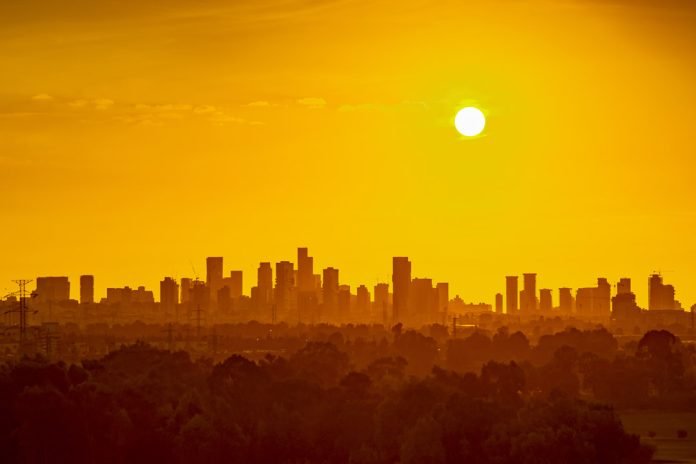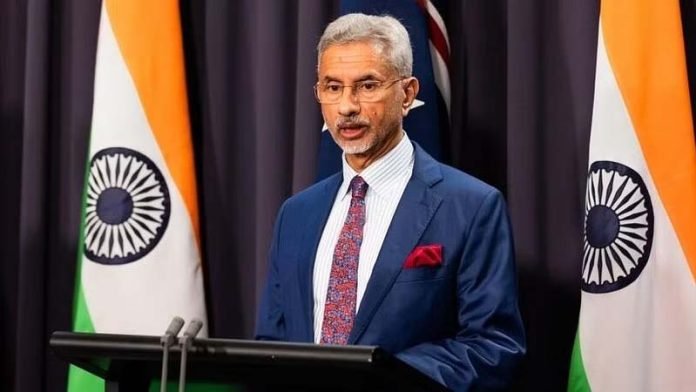A parliamentary panel has recommended that the central government expand its disaster management plans to incorporate “new and emerging” disasters such as heatwaves. The Department-related Parliamentary Standing Committee on Home Affairs, in a report tabled in the Rajya Sabha last week, also advised establishing a system for the periodic review and updating of the official list of disasters.
Regular Updates Needed in Disaster Management
“The committee recommends that the ministry may include new and emerging disasters in its disaster management plans, such as those caused by heatwaves,” the report stated. It further suggested a formal mechanism for the periodic review and update of the Notified Disasters list to ensure its continued relevance. This, the committee said, should be done through consultations with experts, stakeholders, and affected communities.
The 31-member panel, chaired by BJP Rajya Sabha MP Radha Mohan Das Agrawal, stressed the need for long-term disaster preparedness, considering climate change and the increasing frequency of disasters. It also recommended greater investment in disaster-resistant infrastructure, including hospitals, schools, and transport systems, to minimize damage and facilitate faster recovery.
Heatwaves a Growing Concern
Amruta S Nair, Climate Campaigner at Greenpeace India, called the recommendation to include heatwaves in the notified disasters list “a welcome and long-overdue step.” She emphasized that prioritizing heatwaves in disaster management plans would improve prevention, mitigation, and recovery efforts.
However, Nair cautioned that to make this move effective, gaps in financial planning and execution must be addressed. She called for a dedicated “heat budget” for heat action plans, legally binding and time-bound goals for accountability, and a specialized body to oversee these efforts and ensure inter-departmental coordination.
Current List of Notified Disasters
At present, disasters eligible for National Disaster Response Fund (NDRF) and State Disaster Response Fund (SDRF) assistance include:
- Cyclones
- Droughts
- Earthquakes
- Fires
- Floods
- Tsunamis
- Hailstorms
- Landslides
- Avalanches
- Cloudbursts
- Pest attacks
- Frost and cold waves
State governments can use up to 10% of their annual SDRF allocation for immediate relief from disasters they consider significant, even if they are not in the centrally notified list. Several states have previously requested the Centre to include events such as lightning, river and coastal erosion, and public health emergencies like Japanese encephalitis, Nipah, and COVID-19 in the eligible list for SDRF and NDRF funding.
Government’s Stance on Heatwaves as Disasters
Union Earth Sciences Minister Jitendra Singh recently informed the Lok Sabha that the 15th Finance Commission had considered states’ requests to expand the list of notified disasters to include heatwaves but did not find sufficient merit in it.
Heatwaves Becoming Deadlier
Extreme heat and sunstroke have claimed 10,635 lives in India between 2013 and 2023, according to government data. Last year, India experienced its harshest summer in 14 years, recording 536 heatwave days as per the India Meteorological Department (IMD).
During one of the most prolonged and intense heatwaves, India recorded 41,789 suspected heat stroke cases and 143 heat-related deaths. The IMD has predicted above-normal maximum and minimum temperatures across most parts of the country this summer, raising concerns over further casualties and economic impacts.
With climate change intensifying extreme weather patterns, experts stress the urgency of expanding disaster management frameworks to protect vulnerable communities. Whether the Centre will act on the parliamentary panel’s recommendation remains to be seen.




